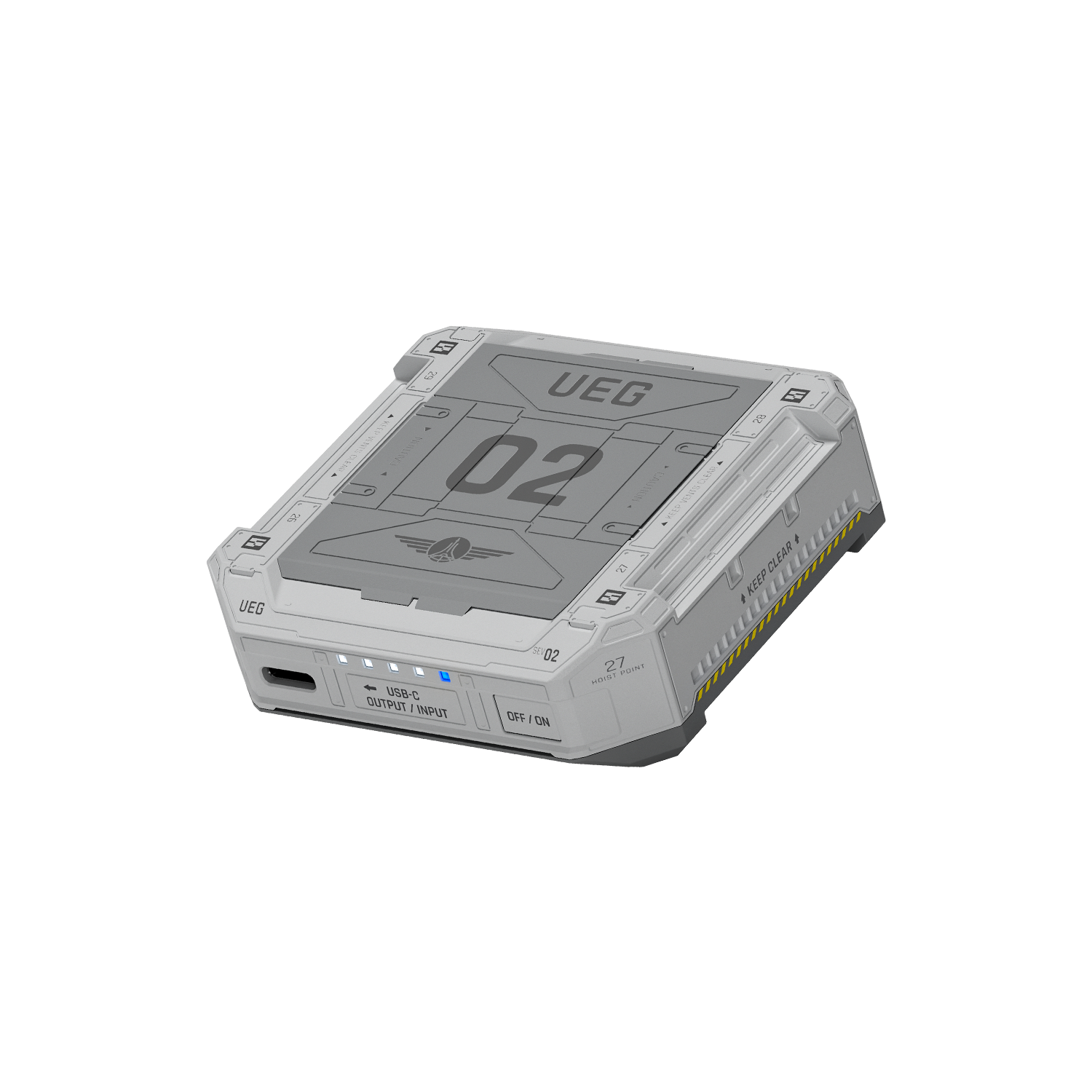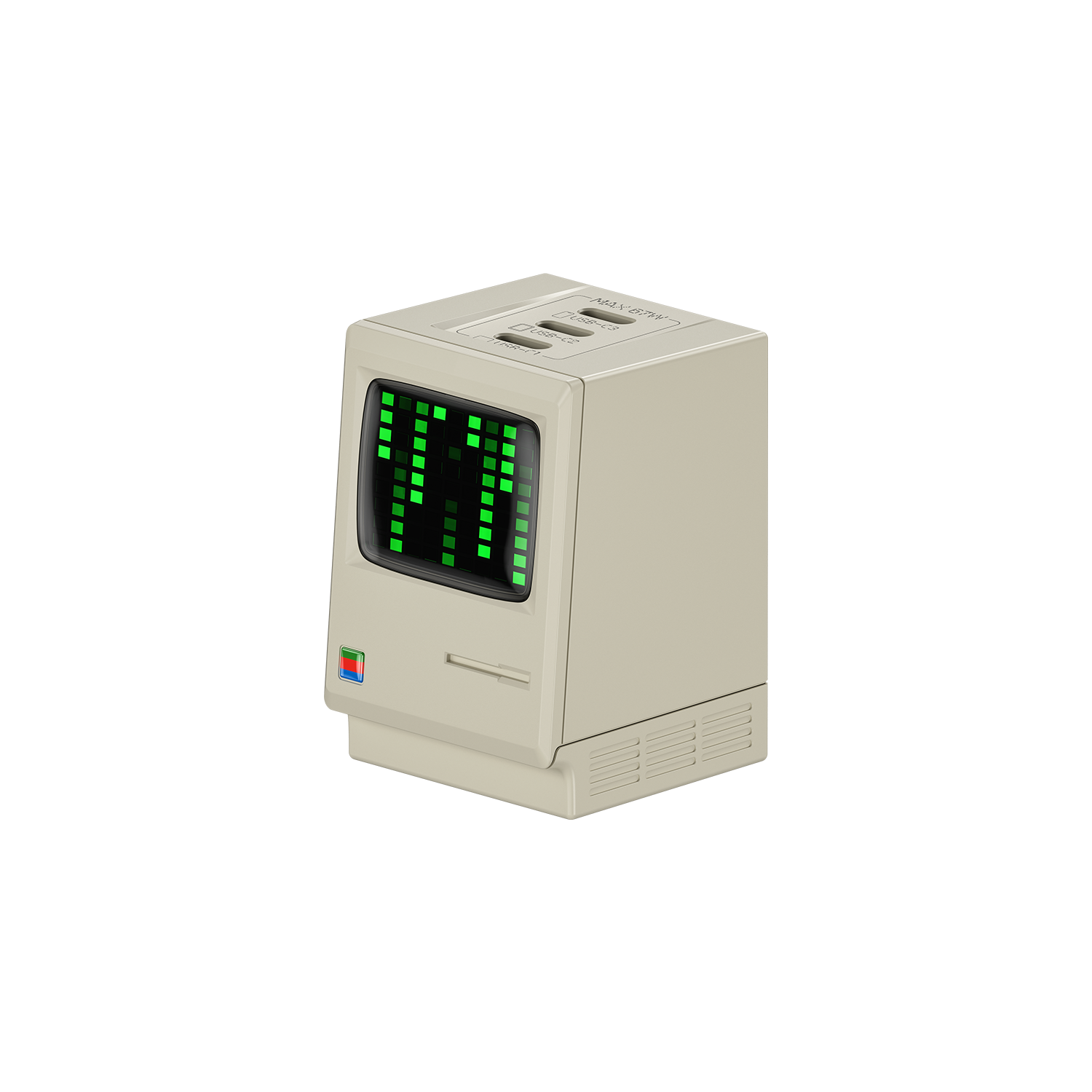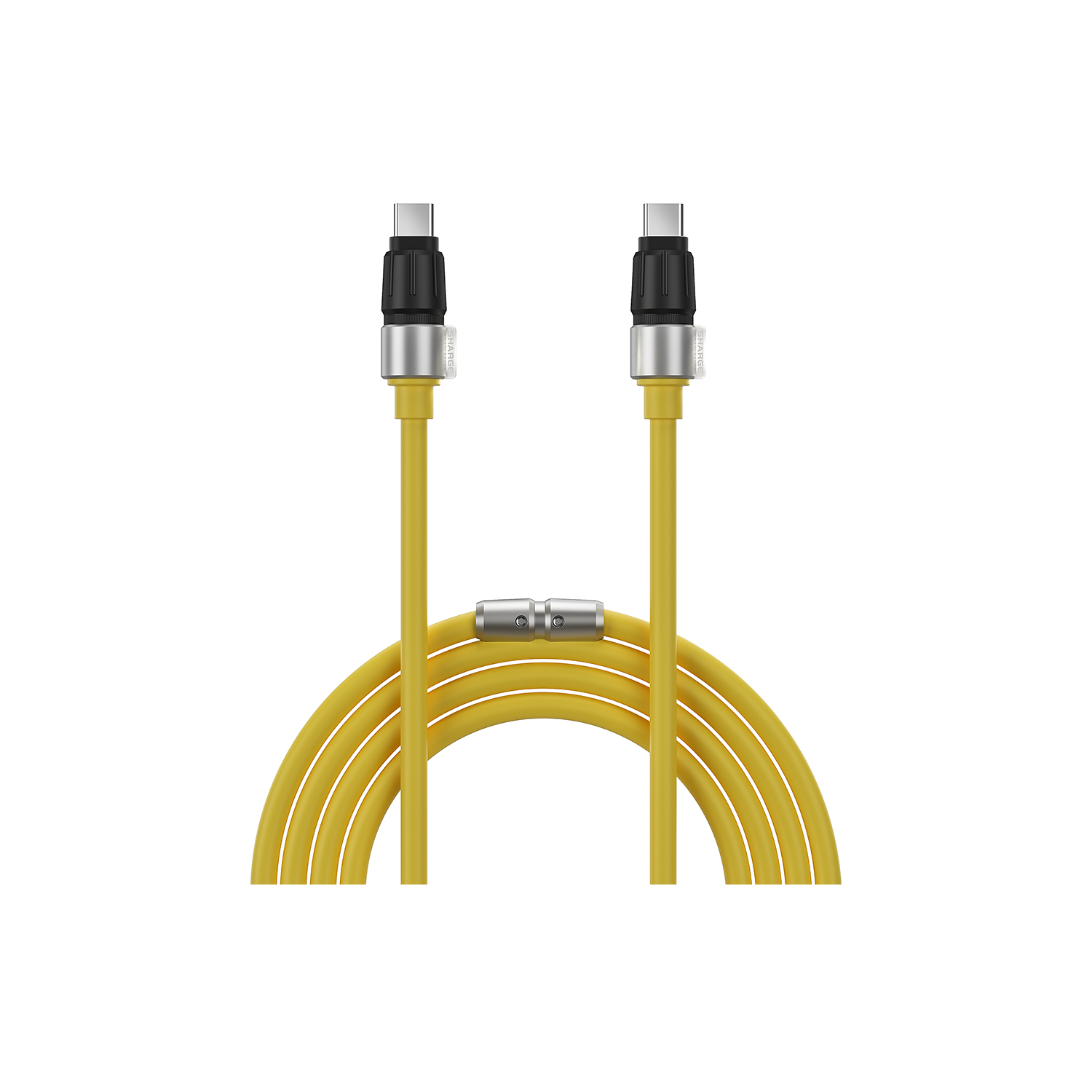In today's interconnected world, where our electronic devices serve as lifelines to information and connectivity, power banks have emerged as indispensable companions, ensuring our devices remain charged and operational, regardless of our location. However, amidst the convenience they offer, it's paramount to prioritize safety during power bank charging to mitigate potential hazards and safeguard both devices and users. In this comprehensive guide, we'll embark on an in-depth exploration of the various safety considerations associated with power bank charging, equipping readers with invaluable insights and practical tips to ensure a secure and efficient charging experience.
Understanding Power Bank Safety:
Power banks, underpinned by lithium-ion battery technology, represent miniature powerhouses capable of storing and delivering electrical energy to recharge our diverse array of electronic devices, including smartphones, tablets, and laptops. While power banks epitomize convenience and versatility, their utilization introduces inherent safety risks, predominantly attributable to the volatile nature of lithium-ion batteries. Gaining a nuanced understanding of these risks forms the bedrock of safe charging practices, empowering users to make informed decisions and adopt precautionary measures to mitigate potential hazards.
Overcharging and Overheating:
Overcharging, a phenomenon characterized by the continued supply of electricity beyond a power bank's maximum capacity, poses a substantial safety risk, precipitating excessive heat accumulation and potential battery degradation. This propensity for overcharging is compounded by environmental factors such as high ambient temperatures or prolonged usage, which exacerbate the risk of thermal runaway—a cascade of events culminating in fire, explosion, or irreversible damage to electronic devices. Recognizing the warning signs and implementing preventive measures is imperative to forestall catastrophic outcomes and ensure the safety of both users and their devices.
Short Circuits and Battery Degradation:
Short circuits represent yet another critical safety concern during power bank charging, manifesting when the positive and negative terminals of a battery inadvertently come into contact, bypassing internal circuitry and precipitating a rapid discharge of energy. Moreover, the cumulative effect of frequent charging and discharging cycles contributes to battery degradation over time, diminishing overall capacity and efficiency while heightening susceptibility to safety hazards. Understanding the underlying mechanisms of short circuits and battery degradation underscores the importance of adopting prudent charging practices and vigilantly monitoring the health of power bank batteries to preempt potential safety risks.
Best Practices for Safe Charging:
Mitigating safety hazards during power bank charging necessitates the cultivation of stringent best practices:
Utilize Quality Chargers and Cables: Discerning users prioritize the acquisition of chargers and cables that adhere to stringent quality standards, ensuring compatibility and robust protection against overcharging and short circuits. Opting for reputable brands and authentic accessories safeguards against potential risks and promotes the longevity and reliability of both power banks and electronic devices.
Practice Prudent Charging Habits: Cultivating a culture of vigilance and mindfulness during the charging process is paramount, with users encouraged to promptly disconnect the power bank upon reaching full capacity to preempt overcharging. Adherence to manufacturer guidelines and prudent utilization of charging ports further mitigates the risk of electrical mishaps, fostering a safe and sustainable charging environment.
Prioritize Ventilation: Selecting charging environments characterized by adequate ventilation facilitates efficient heat dissipation, mitigating the risk of overheating-induced safety hazards. Avoiding enclosed spaces or obstructed airflow pathways minimizes the likelihood of thermal buildup, ensuring optimal performance and safety during power bank charging.
Monitor Temperature: Monitoring the temperature of the power bank during charging serves as a cornerstone of proactive risk mitigation, with users advised to remain vigilant regarding any indications of excessive heat accumulation. Prompt intervention upon detecting abnormal temperature fluctuations is instrumental in averting potential safety risks and preserving the integrity of both power banks and electronic devices.
Conduct Regular Inspections: Routine inspections of the power bank for signs of damage, including physical deformities, frayed cables, or anomalous odors, serve as a proactive safeguard against potential safety hazards. Swift identification and replacement of compromised units preemptively mitigate risks, ensuring uninterrupted functionality and safety throughout the charging process.
In summation, safeguarding the integrity and safety of power bank charging constitutes an indispensable facet of contemporary device management. By cultivating a nuanced understanding of the inherent risks and steadfastly adhering to best practices, users can navigate the charging process with confidence and ensure the longevity and reliability of both their power banks and electronic devices. Through a combination of vigilance, mindfulness, and proactive risk mitigation, users can foster a culture of safety consciousness, thereby promoting the well-being and security of all stakeholders within the charging ecosystem.








Leave a comment
This site is protected by reCAPTCHA and the Google Privacy Policy and Terms of Service apply.